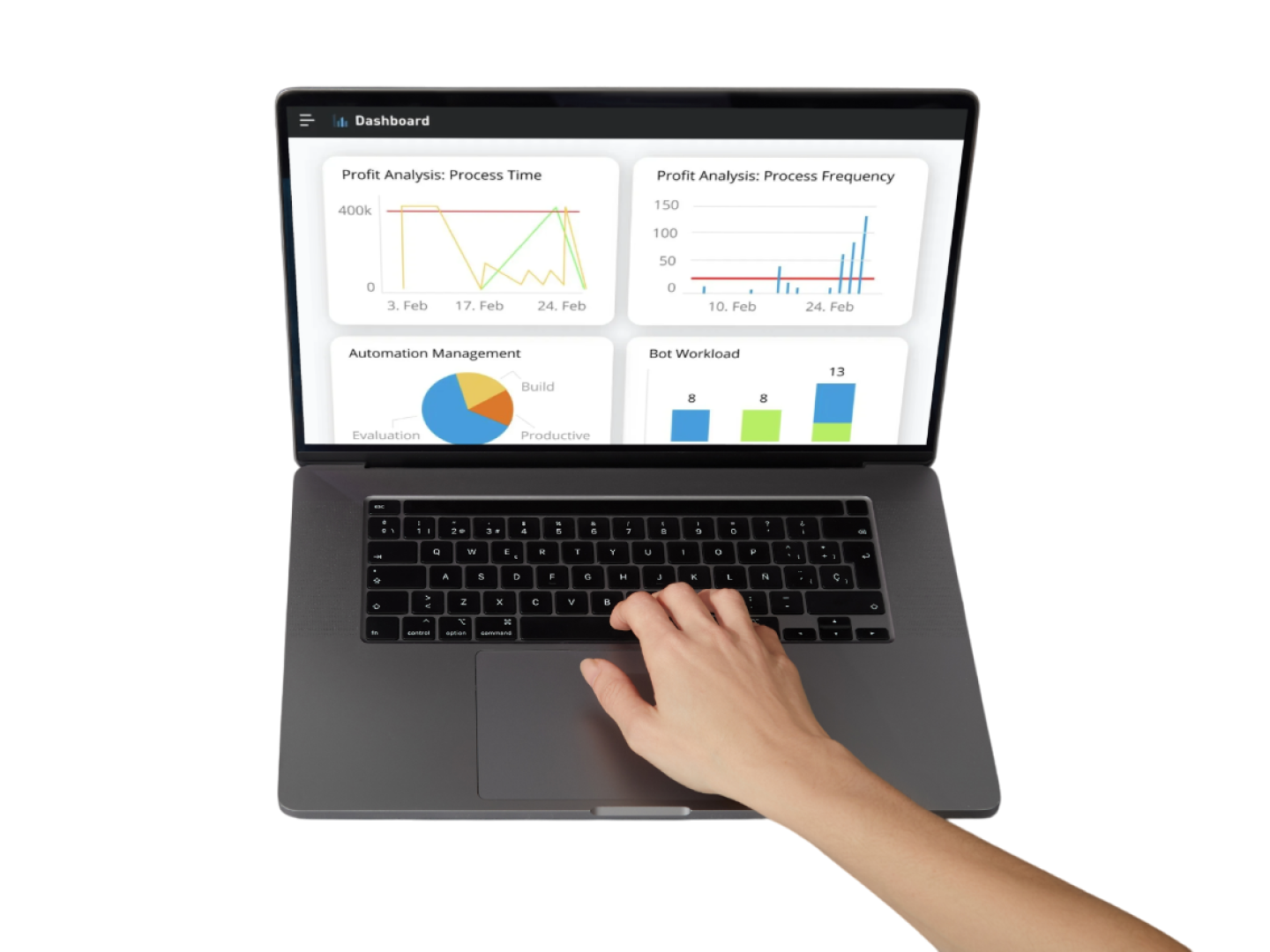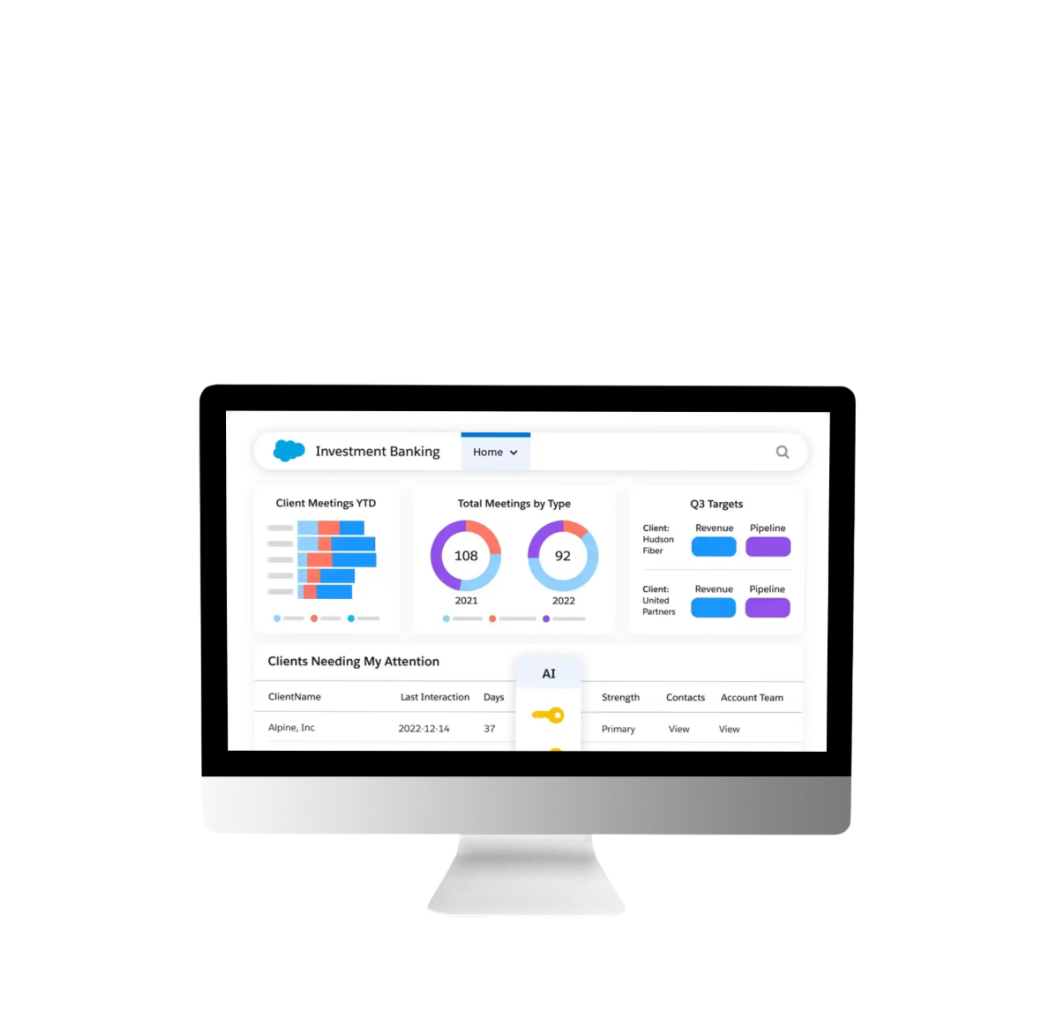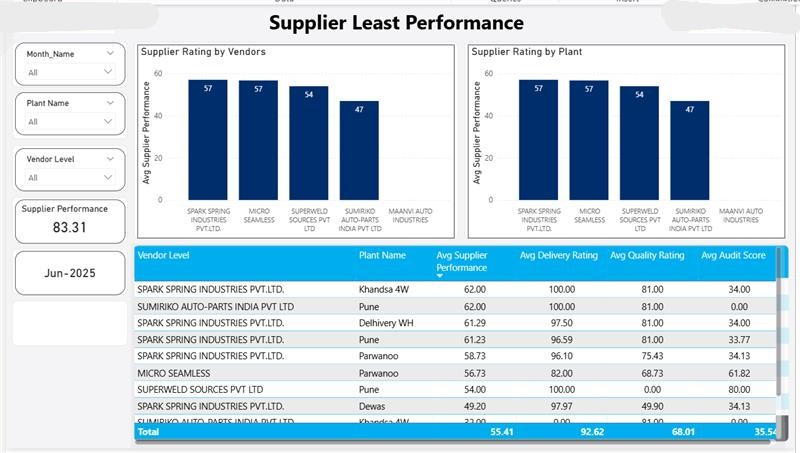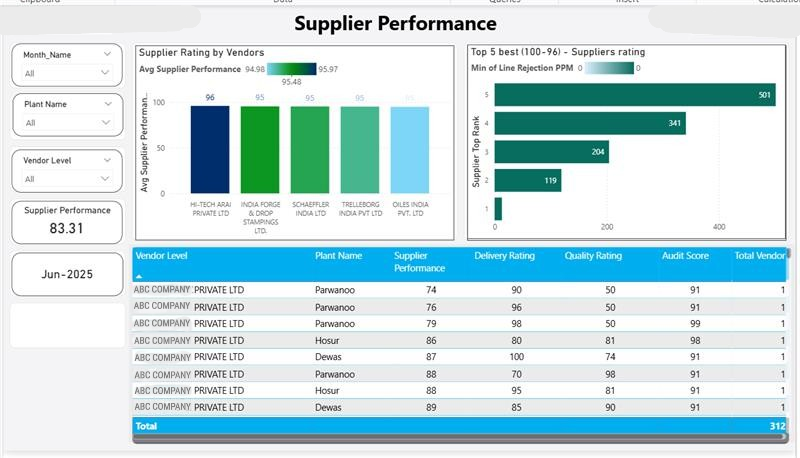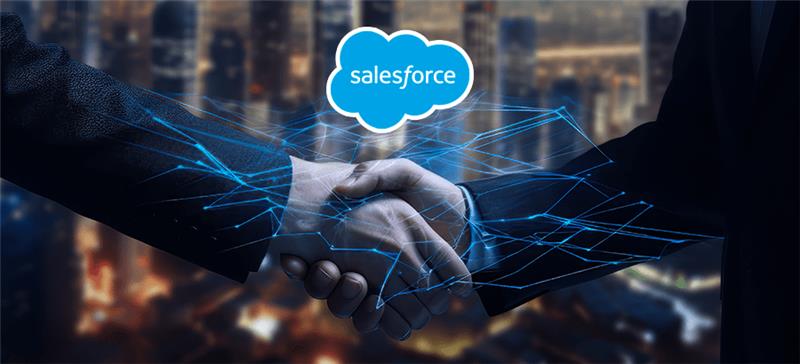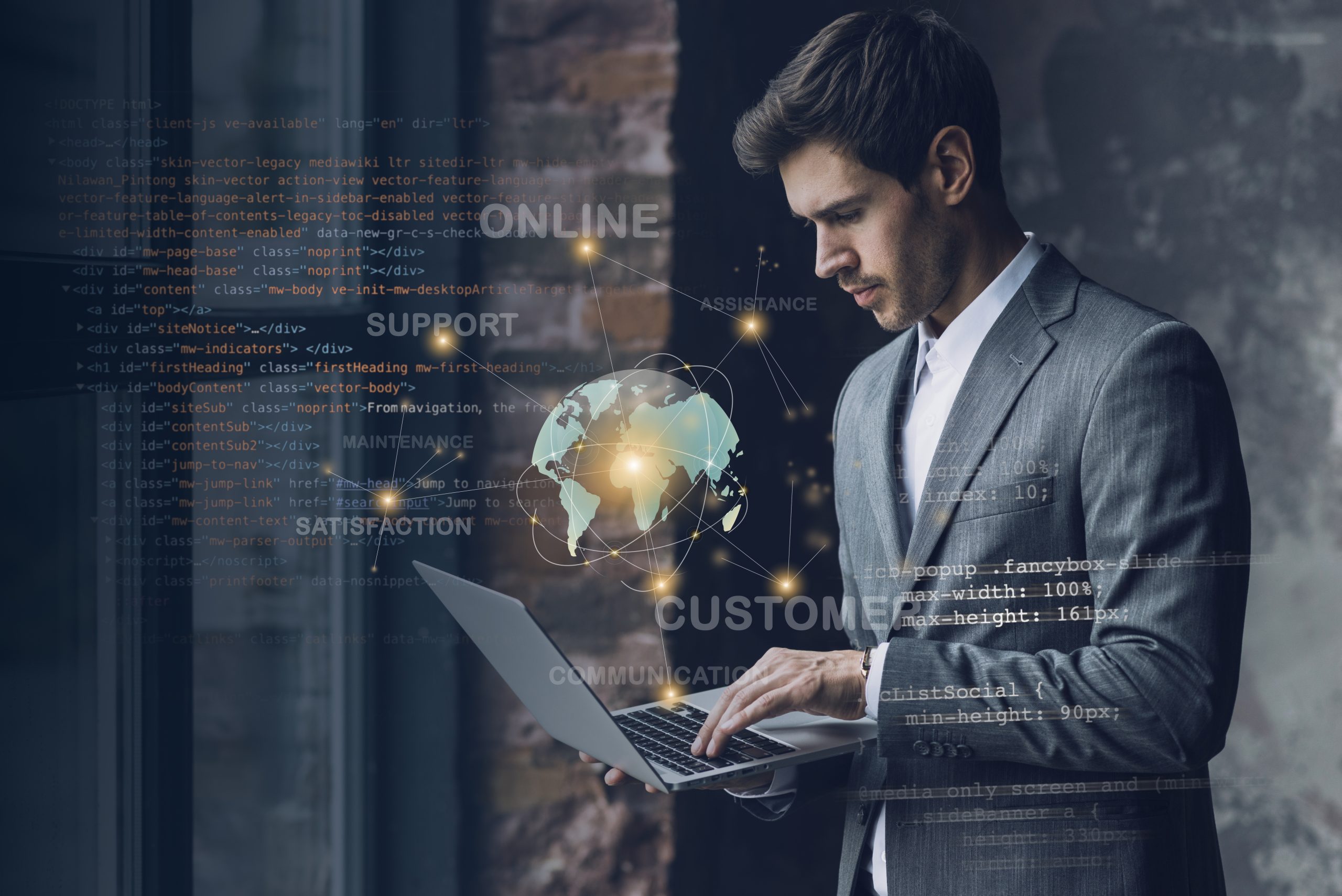AI CRM: Your Salesforce Partner in the US Needs a Strategy Focus
Introduction
This discussion offers insights into the real challenges facing US mid-market and enterprise companies. We explore why choosing the right Salesforce implementation partners in US regions—from St. Louis to Silicon Valley—is the difference between a successful digital transformation and a costly, over-customized failure.
The Salesforce Implementation Risks Your Partner Must Address
The biggest challenges for US businesses moving to or optimizing Salesforce aren’t technical; they’re strategic and cultural. Many Salesforce partner companies in the US still focus purely on configuring the platform, overlooking the critical change management and data governance headaches that kill adoption.
1. The ROI Mirage: Unfocused Goals
The most common failure point is the ROI Mirage—starting the project without clear, quantifiable business outcomes. Executives approve the budget with broad goals (“improve sales efficiency”), but the Salesforce implementation effort loses direction because the team lacks concrete KPIs (e.g., “reduce lead-to-opportunity time by 20%”).
- The Strategist’s Approach: A quality partner doesn’t touch the code until they facilitate a deep-dive, focused entirely on Value Mapping. They define the three most important, measurable outcomes for your sales, service, and marketing teams, ensuring every configuration decision directly ties back to that ROI.
2. The Customization Spiral and Technical Debt
US mid-market companies often customize Salesforce excessively to fit old, broken processes. This creates a Customization Spiral—the system becomes fragile, slow to upgrade, and expensive to maintain. This technical debt is the silent killer of long-term scalability.
- Strategic Focus: Look for partners who prioritize Salesforce governance strategy and leverage low-code automation (like Flow and Generative AI tools) over custom Apex development wherever possible. They should aim to empower your business users (“citizen developers”) to build simple automations while they maintain the complex architecture and API integrations.
3. Data Disarray and The Unified Customer View
With the rise of Data Cloud, the imperative for a unified customer view has never been higher. Yet, many companies struggle with inconsistent, duplicated, or stale data flowing in from legacy ERP systems, marketing platforms, and customer service tools.
- The Data-First Mandate: A reliable partner treats data as the most strategic asset. Before any migration, they execute a rigorous data hygiene and mapping audit. Their expertise in integrating Salesforce with BI tools (like Tableau and Power BI) ensures your data is clean, unified, and actionable, transforming your fragmented records into a single source of truth.
Beyond Configuration: Three Trends Driving Success for US Companies
To thrive in the competitive US market—whether you’re in Missouri, the financial hubs of New York, or the tech centers of Seattle—the firm you choose must be fluent in the future.
- The Partner’s Edge:
Look for firms that focus on AI strategy and implementation. This means setting up Einstein GPT to draft personalized service responses, optimizing your Service Cloud with AI-driven routing, and using predictive analytics to flag at-risk customers before they churn. They make sure the AI is not just decorative but actively driving revenue and cutting service costs.
Trend 2: The Multi-Cloud Integration Imperative
- The Integration Superpower:A true expert’s focus is not just limited to Sales Cloud or Service Cloud. They focus on complex platform integration services, using middleware tools like MuleSoft to ensure seamless data flow. If your logistics team needs real-time inventory from SAP delivered to the Sales Cloud, that requires a partner with deep integration experience.
- Governance and Security First:
The right partner embeds Salesforce security and compliance directly into the architecture from day one. They leverage Hyperforce Architecture to ensure fast, secure deployment and to simplify your compliance footprint across different regions, guaranteeing the system meets US data residency and privacy mandates.
The Right Partnership: Global Expertise, Local Trust
When selecting a partner, look for a firm with proven, global enterprise experience but with the local presence and accountability you need in the US.
An implementation isn’t over when the system is switched on. A true Salesforce implementation partner is invested in your long-term success. They focus heavily on Change Management and User Adoption training to ensure your teams don’t just use the new system, but embrace it.
Ready to move past generic configuration and build an intelligent, data-driven CRM ecosystem?
Let’s turn your Salesforce platform into the competitive advantage it was meant to be.
Click Here to Get the Executive Checklist (PDF) Today!



